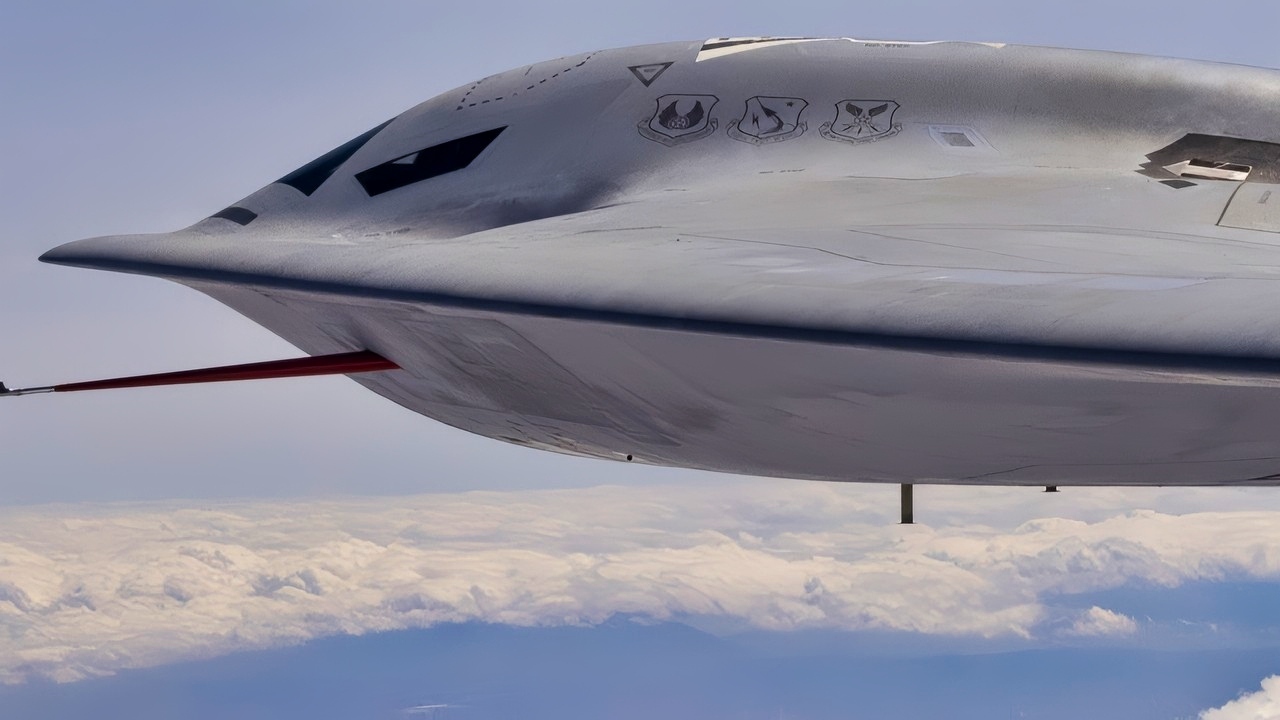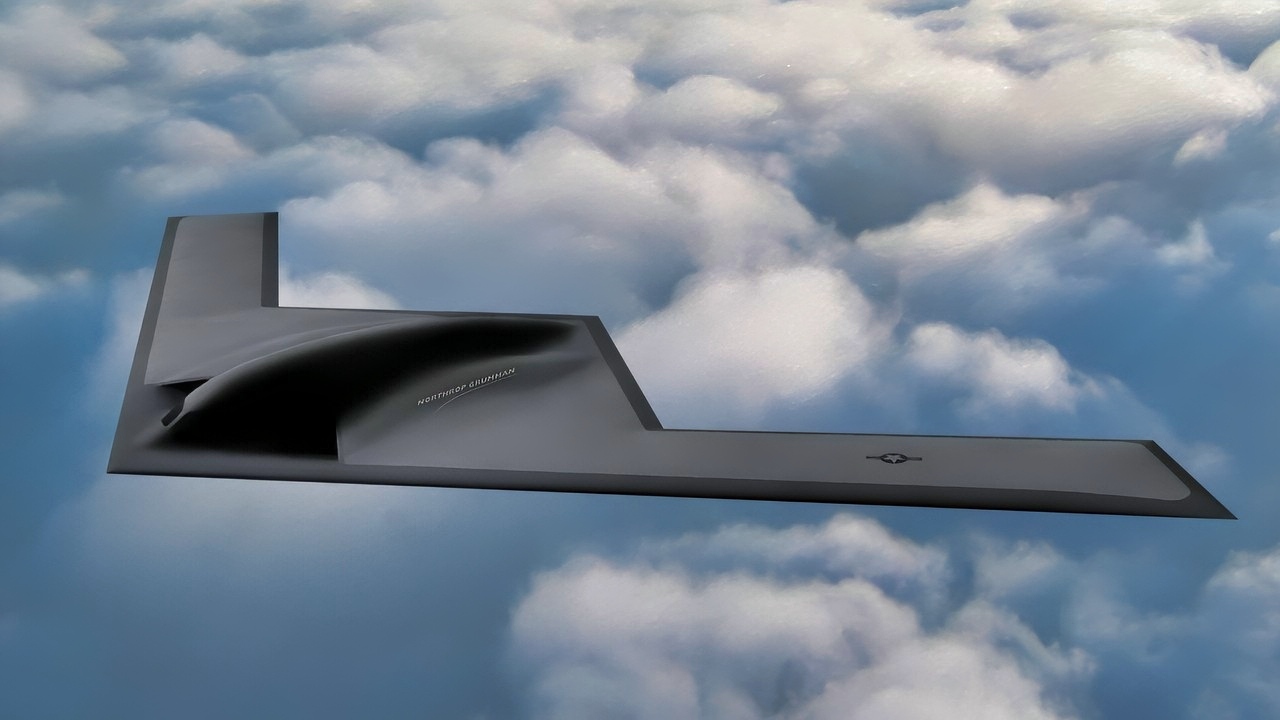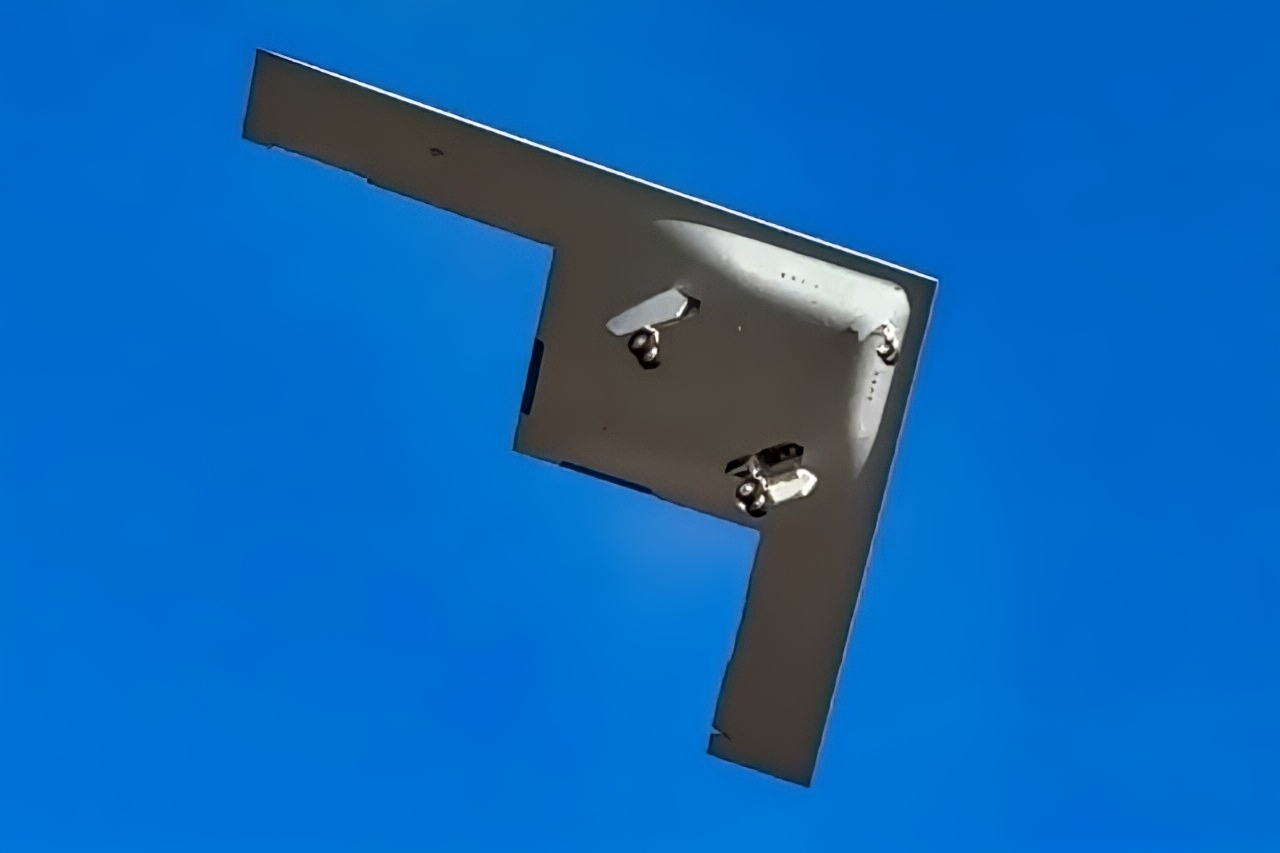Key Points and Summary – The B-21 Raider is being engineered as a “flying, multi-domain command-and-control node,” not just a conventional bomber.
-While it features a new generation of stealth with a smooth, blended-wing body and advanced thermal management to defeat Russian and Chinese air defenses, its most revolutionary capability is internal.

B-21 Raider. Image Credit: U.S. Air Force.
-The B-21 will use AI-enabled computing to control drones from the cockpit and act as a “gateway” to network disparate systems across the battlefield.
-Its open architecture is designed for easy integration of new weapons, including the B-61 Mod 13 nuclear bomb and the Long Range Stand Off (LRSO) missile.
The B-21 Raider Is So Much More Than a Bomber
The fast-arriving B-21 may be as mysterious as it is essential to national security. While many, if not most, of its attributes are “black,” or not available for public discussion, several clear areas of performance are likely informing the development of the stealth bomber.
This is quite significant, as the bomber will not only need to be present in substantial numbers but also match or outperform the Chinese H-20.
B-21 Raider Bomber Speed and Agility
The B-21 may need a bit more speed and maneuverability than the B-2, given recent advances in Russian and Chinese air defenses.
Russian S-500s and Chinese HQ-9s can increasingly detect aircraft at greater ranges across a broader range of frequencies and connect as digital nodes to pass targeting specifics from one radar aperture to another.

The B-21 Raider program is on track and continues flight testing at Northrop Grumman’s manufacturing facility on Edwards Air Force Base, California. The B-21 will have an open architecture to integrate new technologies and respond to future threats across the spectrum of operations. The B-21 Long Range Strike Family of Systems will greatly enhance mission effectiveness and Joint interoperability in advanced threat environments, strengthening U.S. deterrence and strategic advantage. (U.S. Air Force photo)
The idea is to establish a continuous track of an aircraft as it transits from one field of view to another, provided there is a signal to pick up.
To counter these threats, the B-21 would benefit from a bit of speed and agility.
Of course, the bomber is not intended to function as a fighter. Yet, added speed and agility would enhance survivability and enable the aircraft to reposition as new targets emerge quickly.
Also, it certainly appears possible that the B-21 is introducing a new generation of stealth technology, comprising advanced thermal management, radar-absorbing materials, and a newly designed, blended, rounded, smooth wing-body fuselage configuration.
The engine inlets are more rounded and smoothly blended into the fuselage than those of a B-2. A partial view of the aircraft’s rear suggests smaller or more integrated exhaust areas for heat dissipation.
Sensing, Command, and Control
The most impactful areas of the B-21, however, likely lie in what is less visible, as the bomber is likely built on an entirely new generation of computing and sensing.
Senior Pentagon leaders have been clear that the B-21 will control drones from the cockpit and function as a flying, multi-domain command-and-control node in the sky, gathering, analyzing, and transmitting time-sensitive combat intelligence across multiple domains in real time.
The bomber can not only deliver ordnance as needed but also direct drones to conduct surveillance, attack air defenses, or even deliver munitions when directed by a human.

B-21 Raider Bomber Photo. Image Credit: Northrop Grumman.
The B-21’s AI-enabled onboard computing will need to perform analytics at the point of collection, streamline information, and quickly identify moments of relevance for nearby aircraft, fighter jets, ground-based command and control, and even surface ships as needed.
This requires technologies often referred to as gateways—systems that pool, gather, organize, and essentially translate data between otherwise incompatible sensors and transport layers.
This is done through the use of IP protocols and interfaces engineered to integrate data from different sources.
B-21 Weapons
Since the beginning of conceptual work and subcomponent prototyping for the B-21, senior weapons developers have prioritized common IP protocols and open architecture for the bomber to ensure it is positioned to integrate new weapons and technologies as they become available.
The idea is to provide a platform that can be upgraded and modernized as innovations emerge over the coming years.
For instance, not only will the bomber carry a full arsenal of existing weapons, but its computing and fire control systems will be adaptable, allowing it to accommodate future weapons as well.
What is known so far is that the B-21 will fly with the latest Mod 12 and Mod 13 variants of the classic B-61 nuclear bomb.

B-21 Raider New Flight of Second Bomber. Image X Screenshot from Video Posted.
This will allow crews and decision-makers to operate with greater flexibility, as a modern Mod 13 variant of the B-61 integrates multiple bomb types into a single form factor.
A single bomb can be adjusted for penetrating attack, area detonation, or other blast effects as required by the mission.
The aircraft will also carry the dual-purpose Long Range Stand Off Weapon, or LRSO, a cruise missile capable of targeting and destroying air defenses from stand-off ranges.
The weapon can be used as a conventional or nuclear weapon.
About the Author: Kris Osborn
Kris Osborn is the President of Warrior Maven – Center for Military Modernization. Osborn previously served at the Pentagon as a highly qualified expert in the Office of the Assistant Secretary of the Army—Acquisition, Logistics & Technology. Osborn has also worked as an anchor and on-air military specialist at national TV networks. He has appeared as a guest military expert on Fox News, MSNBC, The Military Channel, and The History Channel. He also has a Masters Degree in Comparative Literature from Columbia University.
More Military
The Air Force Only Has 19 B-2 Spirit Stealth Bombers
Why the U.S. Navy Needs Lasers for an ‘Infinite Magazine’
U.S. Navy F/A-18 Super Hornet Fighter: How Hard Is It To Fly?
Unstoppable: Delta Force Is the Very Best Special Forces Unit on Planet Earth
Could a U.S. Navy Nuclear Aircraft Carrier Tip Over In a Storm?










